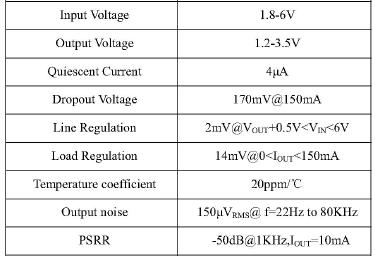imar
Full Member level 1

thanks for the response again
it is easy to amplify the error amplifier gain, i can make it reach 70 dB.
concerning the output voltage, that i found, it came from a trans simulation and not a ac simulation.
concerning the compensation, if i reduce only the capacitor in the compensation scheme C1, the stability tend to be enhanced but not so well.so, as adashan said, the dominant pole should come from the compensation scheme and not from the output. in this case, what have i to do? should i increase the output capacitor(2.2µF) or what?
thanks again for all your collaborations.
Added after 2 minutes:
sorry adanshen
i made a mistake when i wrote your name!
it is easy to amplify the error amplifier gain, i can make it reach 70 dB.
concerning the output voltage, that i found, it came from a trans simulation and not a ac simulation.
concerning the compensation, if i reduce only the capacitor in the compensation scheme C1, the stability tend to be enhanced but not so well.so, as adashan said, the dominant pole should come from the compensation scheme and not from the output. in this case, what have i to do? should i increase the output capacitor(2.2µF) or what?
thanks again for all your collaborations.
Added after 2 minutes:
sorry adanshen
i made a mistake when i wrote your name!




